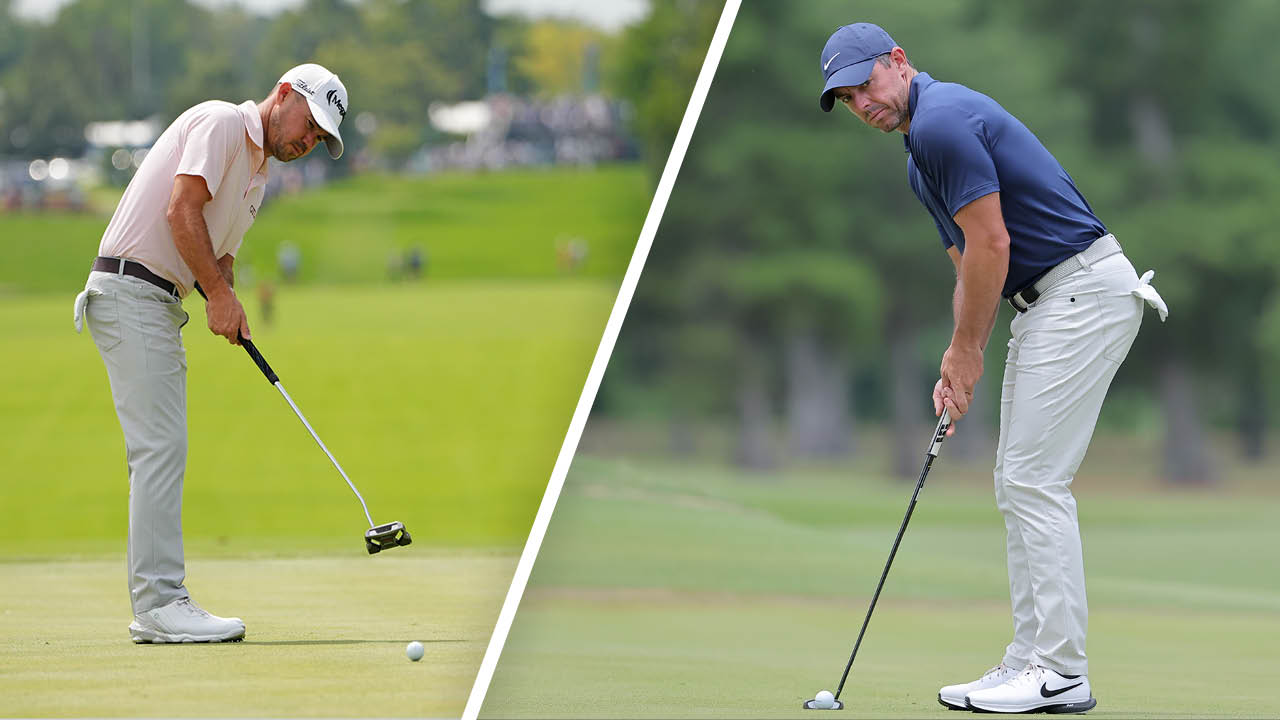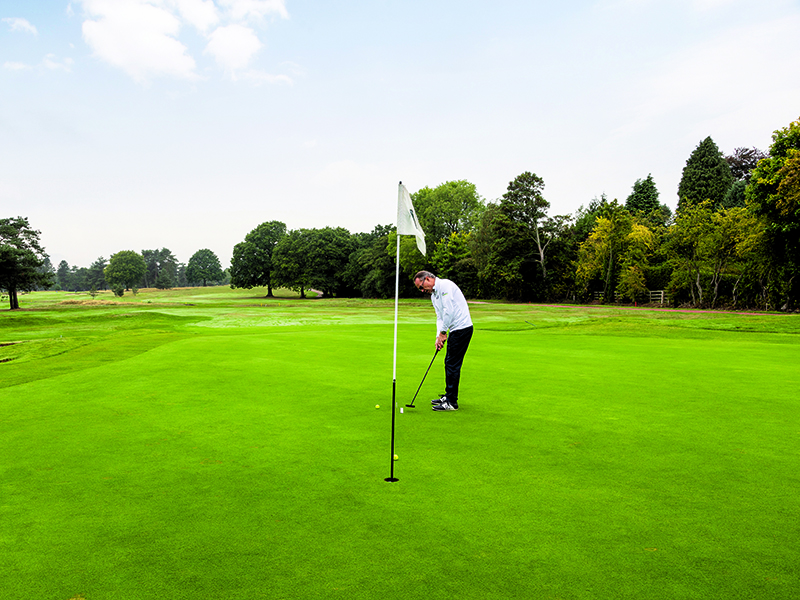This Pre-Round Routine Will Help You Putt Like A Pro... And It Takes Less Than 10 Minutes To Complete
We could all use some putting tips from time to time, especially when we are looking for progress on the greens. Well, look no further than this expert advice


A solid putting stroke can be the difference between an incredibly good round of golf and a horribly bad one. So many amateurs neglect this crucial aspect of the game in their practice... and that needs to change.
Whether you hone your putting stroke on the practice green, or using the best putting drills on a putting mat at home, it's important to keep it at the forefront of your mind when trying to reduce your handicap.
Using the best putting aids is a good place to start, especially if you need that little extra help in convincing the putter to behave itself, but incorporating this expert pre-round routine from Golf Monthly Top 50 Coach Andy Gorman is a putting tip all golfers should listen to...
Putting Stroke Tips: A Pre-Round Routine To Putt Like A Pro
Before going out to play, find a level part of the putting green and measure out a 10ft putt (roughly three standard putter lengths). I practise on a green stimping at ten, so I know that a 10in backswing and forward swing will give me a 10ft roll-out.
If practising on slow or fast greens, you will need to adjust things, but this is a great drill to get a feel for the length of the stroke and to give a solid calibration for the speed on the day. Do this for at least six putts – three in both directions.

Add this 10ft pre-round putting drill to your practice routine
Move out to 30-35ft and double the backswing length to see how that equates. You’ll need to lengthen the stroke to see what it takes to get it there, but try to keep tempo the same as on the 10ft putt for good rhythm.
Avoid a short backswing then rapid acceleration as that leads to inconsistency – match the stroke back and through. This gets harder from longer range, but will give you a nice feeling of how to hit a 30ft putt.
Subscribe to the Golf Monthly newsletter to stay up to date with all the latest tour news, equipment news, reviews, head-to-heads and buyer’s guides from our team of experienced experts.

This putting drill will help to build your confidence before heading out onto the course
Finally, focus on what you want to do over a 6ft putt, which will be around two putter lengths. We often miss short putts as we don’t have enough speed on them, so a good feel is to make sure the putter head goes past the big toe on the forward stroke.
This is a great way to commit to the forward stroke and to get the right amount of momentum. It’s also a nice simple thought to remember and feel, as you quite often have a number of things running through your head as you stand over a short putt you really need to make to keep your score ticking over.

Location: Wishaw GC
Andy has been coaching for over 30 years and he now specialises in the short game and putting. He has worked with a collection of both male and female tour pros and he helped take Charley Hull from a ‘conditional’ LET status to five second places in her first five starts in her rookie season before then playing in the Solheim Cup. Andy helped improve her putting stats from 34.3 to 30.49 putts per round.
Teaching philosophy:
To release a player’s instinctive capability by understanding their posture, balance and brain work together to achieve a repeatable reliable method.
Greatest teacher:
Seve Ballesteros, in the early 80s, he allowed me to watch him closely whilst he was practising his short game during tournaments at The Belfry. Seve would show me what he was doing and, although communication wasn’t great, he made sure I understood what to watch out for. Timeless advice which, I didn’t appreciate it at the time, but I certainly do now.
Most common impact fault:
Closed clubface on putts causing a pulled putt result. Poor posture is invariably the cause from an ill-fitting putter. Fitting the putter to provide optimum posture and essentially allow the body to facilitate the required movement so the wrists don’t break down pre-impact.